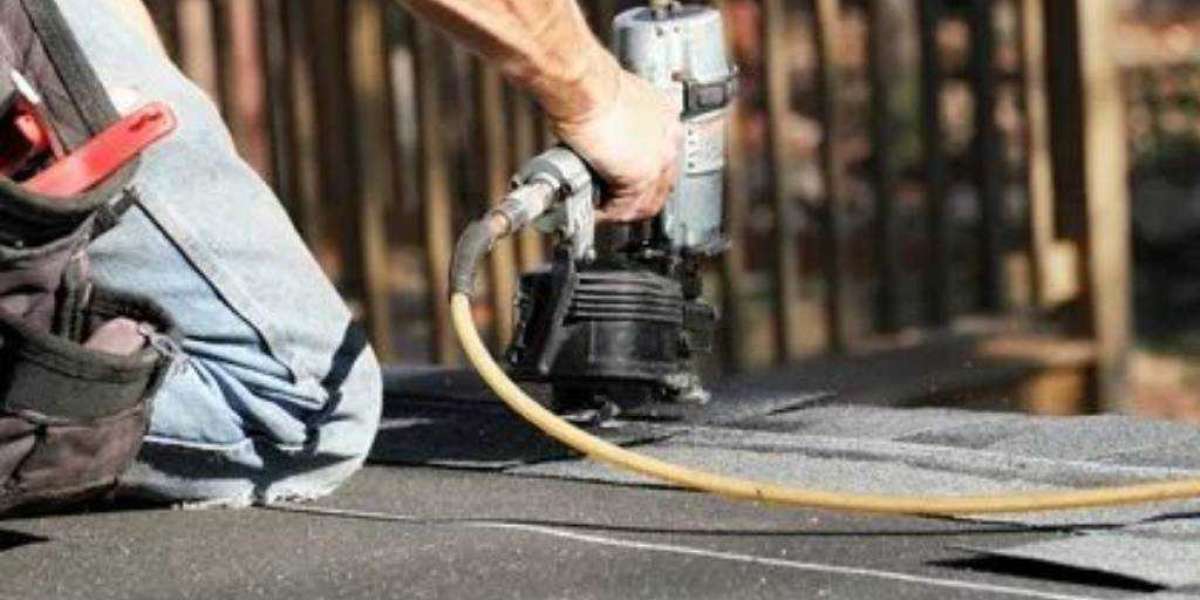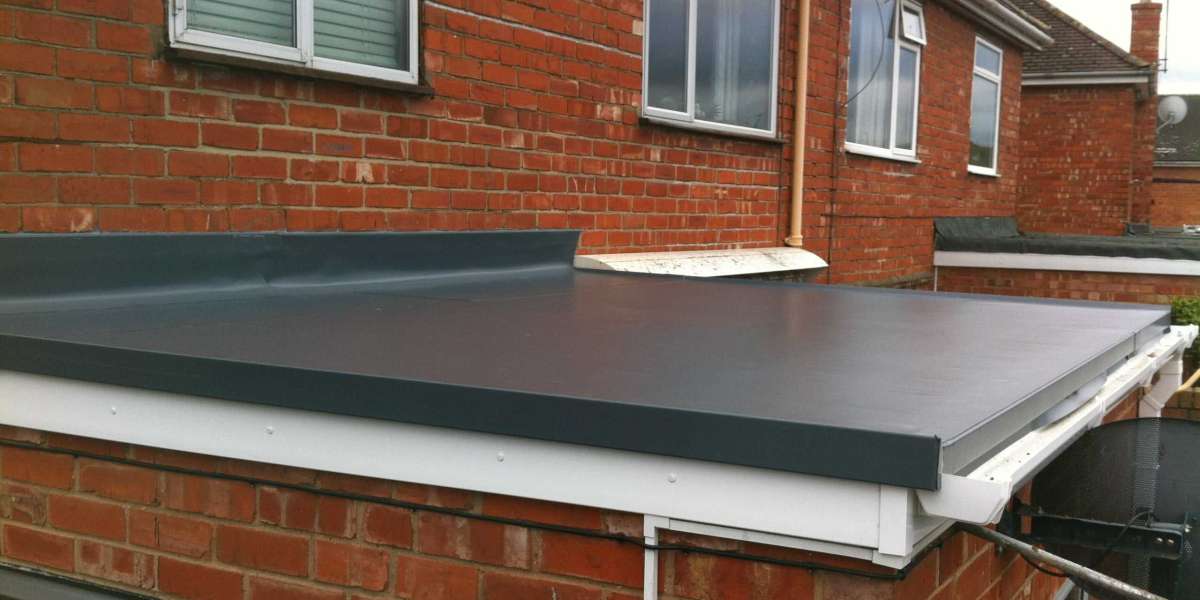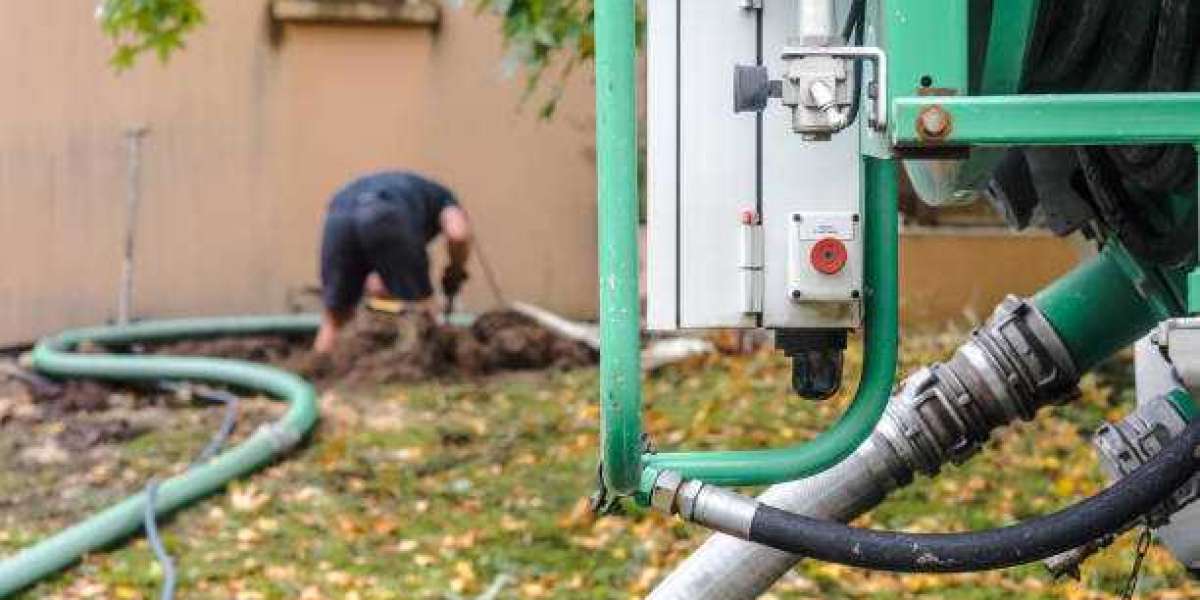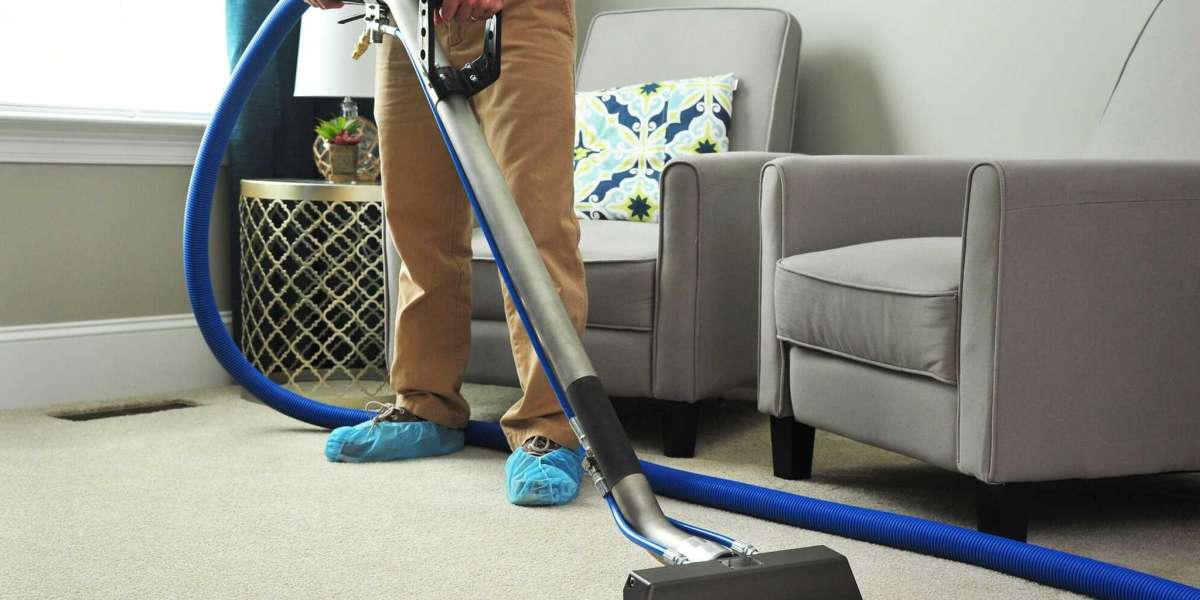Flat roof repair is a crucial aspect of property maintenance for both residential and commercial buildings. Unlike pitched roofs, flat roofs have a low slope and unique construction that demands specific attention and expertise. Proper upkeep and timely repair can prevent costly damages and extend the lifespan. Whether you own a home or a business, understanding how to care for your flat roofing system will save you time and money.
This guide explores key flat repair tips, common damage types, and how to choose the right repair approach. We’ll also discuss materials like EPDM, TPO membranes, modified bitumen, PVC, and built-up roofing (BUR), helping you make informed decisions about repairs. Trusted contractors such as Tru-Green Roofing, especially in Irving, TX, specialize in flat repair, ensuring quality workmanship and lasting results.
Common Types of Flat Roof Damage
Flat roofs endure constant exposure to the elements, foot traffic, and environmental stress, making them vulnerable to various types of damage. In Irving, TX, the combination of intense sun, occasional storms, and temperature fluctuations can accelerate wear and tear. Understanding these common issues will help you identify problems early and seek appropriate repair solutions.
- Punctures and Cracks: Sharp objects, falling debris, or hail can cause punctures. Over time, cracks may develop from thermal expansion and contraction or structural movement. Both issues can allow water infiltration.
- Blistering: Blisters form when moisture or air gets trapped beneath the roofing membrane, causing bubbles that weaken the material.
- Seam Failures: Membranes are installed in large sheets joined at seams. Poor installation, weathering, or age can cause these seams to fail, creating openings for leaks.
- Water Pooling: Due to the low slope, water may accumulate on flat if drainage is inadequate, accelerating material deterioration.
- UV Damage: Prolonged exposure to sunlight can degrade roofing membranes, making them brittle and prone to cracking.
Effective Flat Roof Repair Methods
There are several repair techniques tailored to the specific material and damage type:
- Flat Roof Patching: This is one of the most common repairs, involving applying patch material over holes or cracks. For rubber roofs, patching with EPDM material is standard, while TPO membrane repairs require heat welding or adhesive bonding.
- Low Slope Roof Repair: Addressing drainage issues by installing tapered insulation or improving drainage components can prevent standing water problems.
- Rubber Roof Repair: EPDM are popular due to their durability, but when damaged, specialized patch kits and adhesives are necessary to restore the membrane.
- Modified Bitumen Roof Patch: Using bitumen-based materials to seal cracks or tears, this method suits roofs with modified bitumen membranes.
- PVC Flat Roof Fix: PVC systems require compatible patching materials and heat welding for effective repairs.
- Built-Up Roof (BUR) Repair: Repairs usually involve replacing the damaged layers of asphalt and roofing felts to restore integrity.
When to Seek Professional Contractors
While minor patching may be manageable for some property owners, many flat repairs require professional intervention. Flat repair contractors possess the experience, tools, and materials needed for durable and effective repairs. They can also conduct thorough inspections to identify hidden damage or structural concerns.
Hiring a local flat repair service familiar with Irving, TX conditions, such as Tru-Green Roofing, ensures repairs withstand the region’s weather patterns. Professional contractors are adept at handling materials like EPDM, TPO membranes, modified bitumen, PVC, and BUR, offering tailored repair solutions for each system type.
Preventive Maintenance
Proper maintenance minimizes the frequency and cost of repairs. Key preventive steps include:
- Regular Inspections: Schedule inspections twice yearly and after severe weather to detect early signs of damage.
- Drainage Maintenance: Clear gutters, downspouts, and drains to avoid water pooling and associated deterioration.
- Surface Cleaning: Remove debris, dirt, and leaves that can trap moisture and cause membrane damage.
- Protective Coatings: Applying UV-resistant coatings extends the life of your roofing membrane.
- Sealant Checks: Inspect and maintain sealants around vents, pipes, and HVAC units to prevent leaks.
Benefits
Prompt repairs provide multiple advantages:
- Extended Lifespan: Fixing minor issues before they worsen prolongs roof durability.
- Cost Savings: Early repairs are less expensive than full replacements or addressing extensive water damage.
- Energy Efficiency: Maintaining the roofing membrane’s integrity improves insulation and reduces energy costs.
- Property Value: A well-maintained roof adds value and curb appeal to your building.
- Safety: Prevents structural damage that could lead to hazards like ceiling collapses or mold growth.
Final Thoughts
Flat repair is a vital part of maintaining any property with low slope roofing systems. From patching cracks to addressing drainage issues, understanding the repair process and working with qualified professionals is key to ensuring your system's longevity and performance. Tru-Green Roofing, a trusted name in the Irving, TX area, offers expert flat repair services that combine quality materials with skilled workmanship, helping property owners protect their investments effectively. Timely repairs prevent costly damage and improve overall building efficiency. Regular maintenance also enhances durability, saving you money in the long run.
FAQs
How often should flat roofs be inspected?
Inspections should be done at least twice a year and after major storms to catch problems early.
Can I perform flat roof patching myself?
Minor patches can be DIY, but professional repair is recommended for extensive or complex damage.
What materials are best for flat repair?
EPDM, TPO, modified bitumen, PVC, and BUR all require specific patching materials and methods.
How long do flat repairs last?
With proper materials and workmanship, repairs can last several years before further maintenance is needed.
What causes most flat damage?
Common causes include standing water, UV exposure, punctures, seam failures, and poor drainage.










